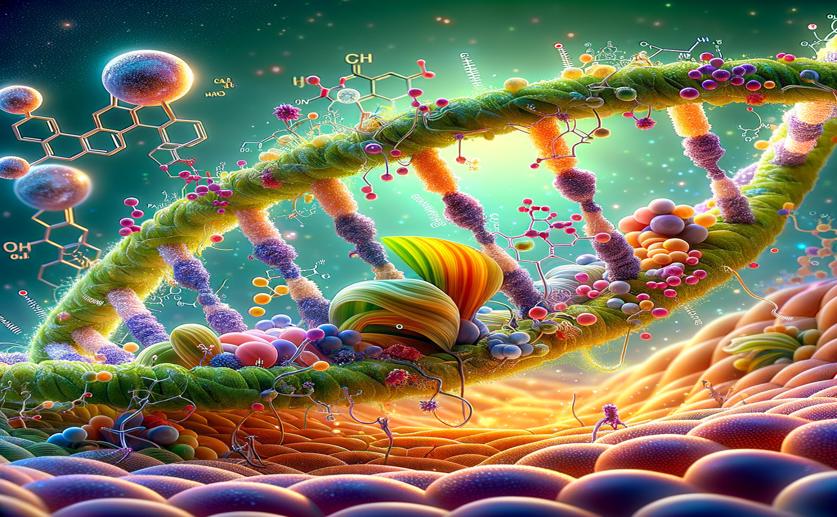
Exploring Plant DNA Damage by Natural Toxins Cadaverine and Putrescine
Greg Howard
17th April, 2024

Image Source: Natural Science News, 2024
Key Findings
- In São Paulo, a study found that cadaverine and putrescine harm plant growth
- These compounds also cause genetic damage in onion cells
- The research suggests cemeteries could pollute the environment and affect health
References
Main Study
1) A study on phytogenotoxicity induced by biogenic amines: cadaverine and putrescine.
Published 15th April, 2024
https://doi.org/10.1007/s11356-024-33328-4
Related Studies
2) The biogenic amines putrescine and cadaverine show in vitro cytotoxicity at concentrations that can be found in foods.
3) Microbial life beyond the grave: 16S rRNA gene-based metagenomic analysis of bacteria diversity and their functional profiles in cemetery environments.
4) Comparison of the toxicogenetic potential of sewage sludges from different treatment processes focusing agricultural use.



 15th April, 2024 | Jenn Hoskins
15th April, 2024 | Jenn Hoskins